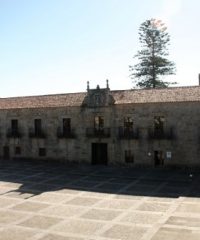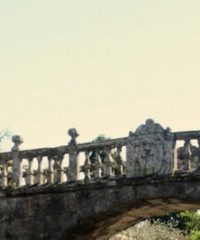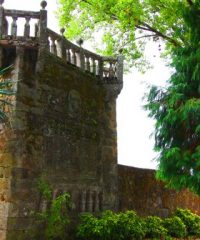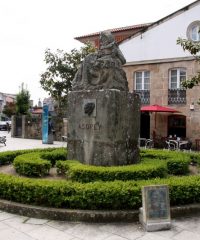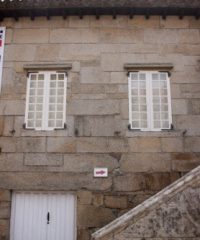- Cambados Town
- Fefiñáns Town
- San Tomé Town
The Fefiñáns square is formed by the palace of Fefiñáns, the arch-bridge, the watchtower Torre del Homenaje, and the church of San Benito, being one of the most beautiful and admired architectural ensembles in Galicia, declared as Cultural …
The construction of the Palace of Fefiñáns began in the XVI century by order of Juan Sarmiento y Valladares, lord of Fefiñáns and counselor of Felipe II, the work was finished by his nephew Gonzalo de Valladares, I Fefiñáns Viscount, title given by…
Ancient Romanesque temple, remodel in the early XV century and refurbish in the XVII century by order of Gonzalo de Valladares putting it under the patronage of St. Benito.
Is the only arch of the four that aforetime existed in the square which is conserved. It was used by the nobles of the palace to move through the various departments of the edifice, or to access the privately part the they owned in the church of…
XVI century balcony tower.
Was commanded to built in 1622 by Gonzalo Valladares, I Viscount of Fefiñáns in the parish of Cambados, San Mamede de Corvillón, between Fefiñáns and Tragove.
The birthplace of Ramón Cabanillas is a small sailor building located in the district of Fefiñáns in Cambados, which was restored and converted into a house-museum and open to the public on July 28, 1998.
This square was commonly known as Plaza Diaria, due to it was a place where daily you could buy fresh products such as fish and vegetables .
Square dedicated to the sculptor from Cambados with the same name. In this square you can find a replica of “A Naiciña” one of the best known works of the sculptor, made by a disciple of Asorey, Xosé Cao Lata.
Built in the second half of XVIII century, by the Torre de Asadelos family, captures the attention in the facade of the Palace the “patín” (element that allows access, directly from the outside to the top of the housing) with granite…


